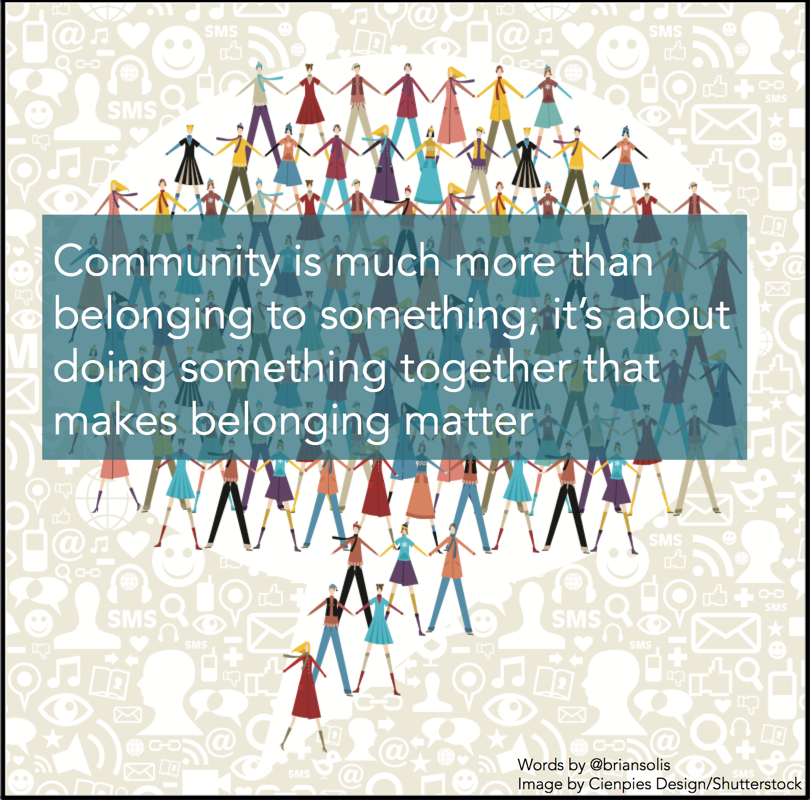5 Stages of Change
- Maria Lopez
- Apr 6, 2023
- 2 min read
Updated: Apr 24, 2023
"People don't change their behavior unless it makes a difference for them to do so."
Sharon Stone.

Changing behavior in an individual or team is one of the most challenging tasks that leaders can face. Behaviors don't change overnight and there are always some people who will resist change. According to the authors of 4 Disciplines of Execution, to change the behavior of an entire team there are 5 stages they must go through.
Stage 1: Getting Clear. During this stage, the leader will focus on the WIG and 4DX and show the team how important is the WIG. When the team understands clearly the importance of the WIG, there will more likely to strive toward success.
Key actions:
The leader will be a model of focus on the wildly important goal (WIG)
Identify high-leverage lead measures
Create a player's scoreboard
Schedule WIG sessions at least weekly and hold them
Stage 2: Launch. In this stage of change, the leader will launch the WIG. The team needs involvement from the leader to show why it is important to stay focused on the WIG
Key actions:
Recognize that a launch phase requires focus and energy, especially from the leader
Trust the 4DX process
Identify your models, potentials, and resisters
Stage 3: Adoption. This is the stage where the real models will show and the resistors will try to resist the change. As the leader, you have to start holding the team accountable for each other despite the demands of the whirlwind. The team adopts the 4DX and the new behaviors will be used to achieve the WIG. Adoption won't happen overnight and will take time for the whole team to get on board.
Key actions:
Focus first on adherence to the process, then the results
Make commitment and hold each other accountable in weekly WIG sessions
Track results each week on a visible scoreboard
Make adjustments as needed
Invest in the potential through additional training and mentoring
Answer straightforwardly any issues with resisters and clear the path for them if needed.
Stage 4: Optimization. At this stage, the team shifts to a 4DX mindset. The results are starting to make a difference as this is the stage where the team is now embracing the 4DX system and showing ownership. The team will start looking for ways to optimize their performance, they now know what "playing to win" feels like.
Key actions:
Encourage and recognize abundant creative ideas for moving the lead measures, even if some work better than others.
Recognize excellent follow-through and celebrate successes
Encourage team members to clear a path for each other and celebrate it when it happens.
Recognize when the potentials start performing like the models
Stage 5: Habits. When 4DX becomes habitual, you can expect not only to reach the goal but also to see a permanent rise in the level of your team's performance. The ultimate aim of 4DX is not just to get results, but to create a culture of excellent execution.
Key actions:
Celebrate the accomplishments of the WIG
Move immediately on the new WIGs in order to formalize 4DX as your operating system
Emphasize that your new operating standard is sustained superior performance on lead measures
Help individual team members become high performances by tracking and moving the middle
References
McChesney, C., Covey, S., & Huling, J. (2012). The 4 disciplines of execution: achieving your wildly important goals. New York, NY, Free Press.
Image
https://www.slideshare.net/NishatZareen3/behaviour-change-74100664




Comments